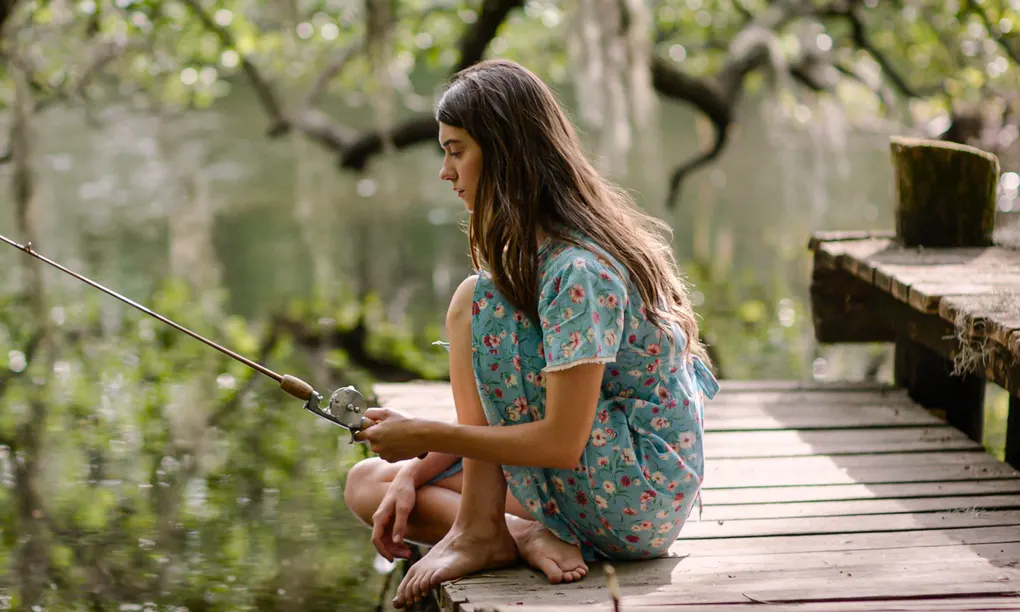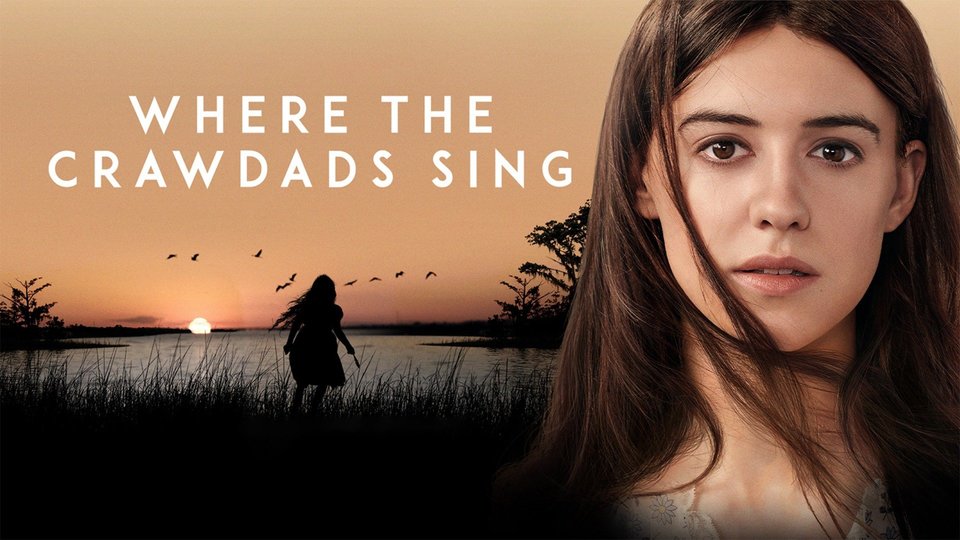By Maria Gkika,
Before watching the film, I came across various reviews. Some were commenting on an accurate adaptation of the book on screen, whereas others described a poor work not meeting the high standards that its origin has set. Not having read the book (yet), I do not plan to get into this comparison debate. As I see it, comparing books and movies is like choosing between an orange and a banana. Either we prefer one or the other (or maybe we could like both) because of the different qualities that one has that the other lacks since it is a totally different fruit altogether. Books speak through words, and movies through actions.

So as a film, Where the Crawdads Sing had all elements that a film of quality should have: a well-structured screenplay, breathtaking photography, excellent performances, and seamless editing, all to tell a most intriguing story. Kaya (Daisy Edgar-Jones is amazing in this role) is a young woman, long abandoned by her family, who lives alone in a marsh in North Carolina, excluded from the small town nearby. The common people of the town view the marsh, a pure, beautiful home for Kaya, as a dangerous swamp, wild, incomprehensible, and untamed, just like its sole human occupant. When her last boyfriend’s body is found in the marsh, she faces great challenges due to her distance from society. As everyone believes with certainty that she is the killer, Kaya only has the help of her lawyer to convince the jury, and the town, that she is innocent but unfairly punished, only because of her nature.
One cannot be entirely sure of the genre of the film. It starts as a police investigation mystery, continues as a court drama film, and then becomes a romantic coming-of-age film as we learn about the young woman’s life through flashbacks. This is very interesting because as the film progresses the viewer is left wondering, “What are you trying to say to me?”. Just when one thinks they understand what the story is about and the film begins to seem predictable, everything changes. It is not until the very end that everything clicks into place and the film’s symbols reveal their meaning, shedding light on human nature.

To sum up, Where the Crawdads Sing is a strong movie about a strong woman. Many will find themselves in Kaya’s position from time to time throughout the movie and will sympathize with her. We come to find out that the story is very contemporary to the effects of social imbalances in the world. As in recent years, the #MeToo movement has given voice to oppressed women, this story has a perspective that is both incredibly realistic and simultaneously deeply ominous. Sure to stir up some interesting conversations, it is certainly a resonating but also entertaining film to watch on a Sunday night.
References
- Where the Crawdads Sing, cinemagazine.gr, Available here
- Where the Crawdads Sing: A Daisy Edgar-Jones does her best in a mostly terrible film, irishtimes.com, Available here
- Is Where the Crawdads Sing a true story and where is it set?, mirror.co.uk, Available here




